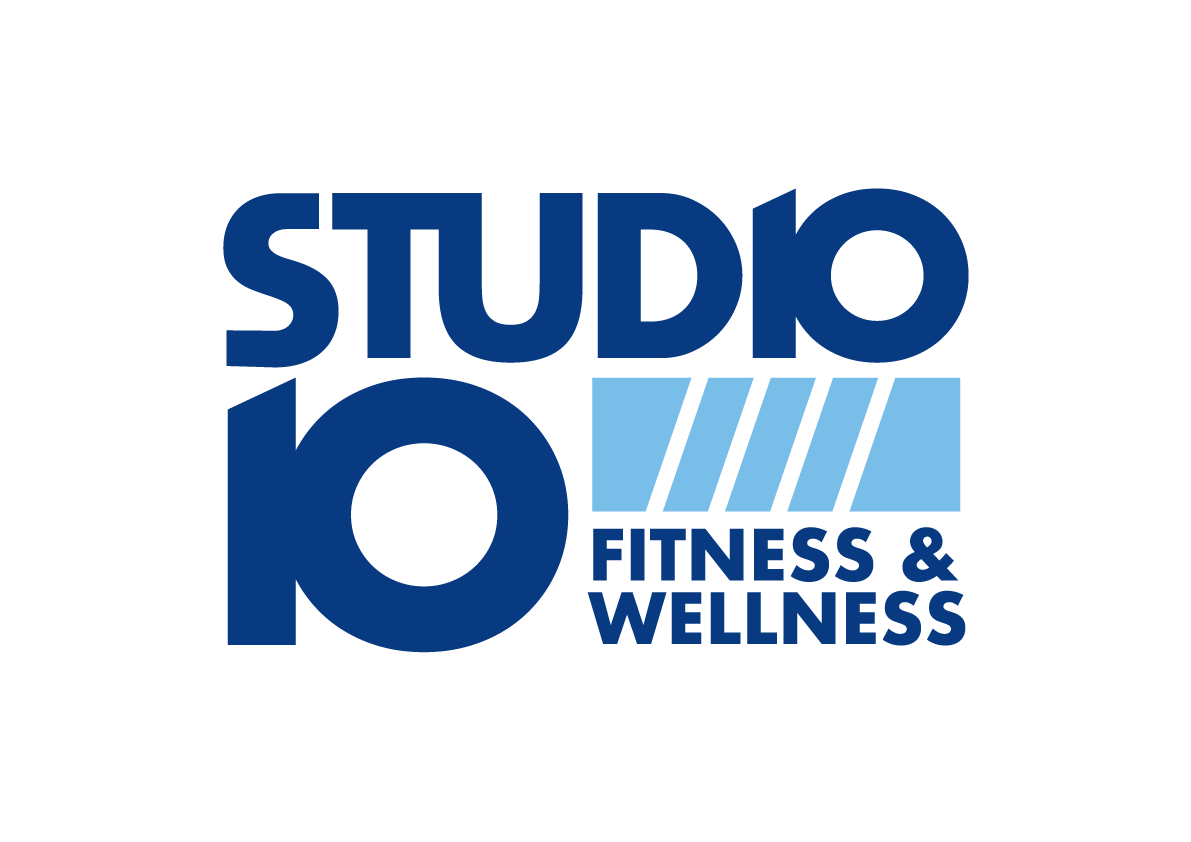How to progress a Push-Up the right way
The Push-Up is one of the classic, do-anywhere exercises that will feature in most exercisers routines at one time or another. It is also one of the yardstick movements that most will use to monitor their progress by, and then boast about their accomplishments at the water cooler (although nowadays "how many Push-Ups can you do?" is rapidly being replaced by "how much can you bench?"). And performed correctly, the Push-up is a great activity; strengthening the chest, shoulders, triceps, core and even the glutes and quadriceps. It’s effectively a dynamic version of the plank. But for some, performing a 'proper' push-up is a challenge, and is often a cause of shoulder pain, meaning many will avoid it altogether. It’s also one of the exercises I see too frequently performed with poor form, often because the exerciser has not progressed correctly, or does not recognise the correct progression pathways.
Get off your knees!
Traditionally, the kneeling Push-up is taught to those who can't manage a Push-up on their toes, and is often cued as the 'easy' version of the exercise in group sessions. But being down on your knees for anything can feel quite demeaning, so having to descend to this level while you're working to better yourself through exercise can seem demotivating, especially when in a circuit class of mixed abilities. The other problem with the kneeling Push-up is that there is never a right time to progress from 'kneeling' to 'full', leaving many simply adding reps to the kneeling version in order to progress, under the impression they'll never be strong enough for a 'proper' Push-up. This is mainly due to the relatively big step in core and glute activity required between the two versions of the exercise, and there being no easy, positional halfway house.
Begin on the wall
Regardless of strength or weight, the wall push-up can be mastered by anyone, and should be where the art of a good push-up is learned. By getting off your knees and up against the wall, you are now teaching your body how to correctly engage the core, glutes and quads, as well as the main movers of the shoulder, chest and triceps. The wall push-up is also a great way to work on good scapulae control - often missing when floor push-ups are over zealously banged out.
Wall Push-up
Then hit the slopes
Once you are performing 20 well-controlled wall-push-ups with ease, you are ready to move onto the Incline Push-Up. You can use anything solid that gets your body into an incline of about 45 degrees initially: a counter top, wall, gate, the back of a park bench, or my favourite, the bar of a Smith Machine. Once again, work up to 20 reps with good control, then reduce the angle further, progressing down to weights benches or aerobic steps. The bottom 4 or 5 steps of a stair case work well as you get more advanced. The video below shows my client, Gill, performing an Incline Push-Up on the stair-case at our studio.
Now you're ready
As soon as you can manage 20 Incline Push-Ups with good form on a 10 inch incline (about the height of an aerobic step on its highest setting), you are ready to take it to the floor. Having progressed gradually, you should now be able to perform the perfect floor push-up with a neutral spine and perfect scapulae control. The video below shows my client, Simon, performing a new PB for Push-Ups at 54 years old. Simon progressed from Incline Push-Ups on the stairs to over 25 on the floor in 4 months.

